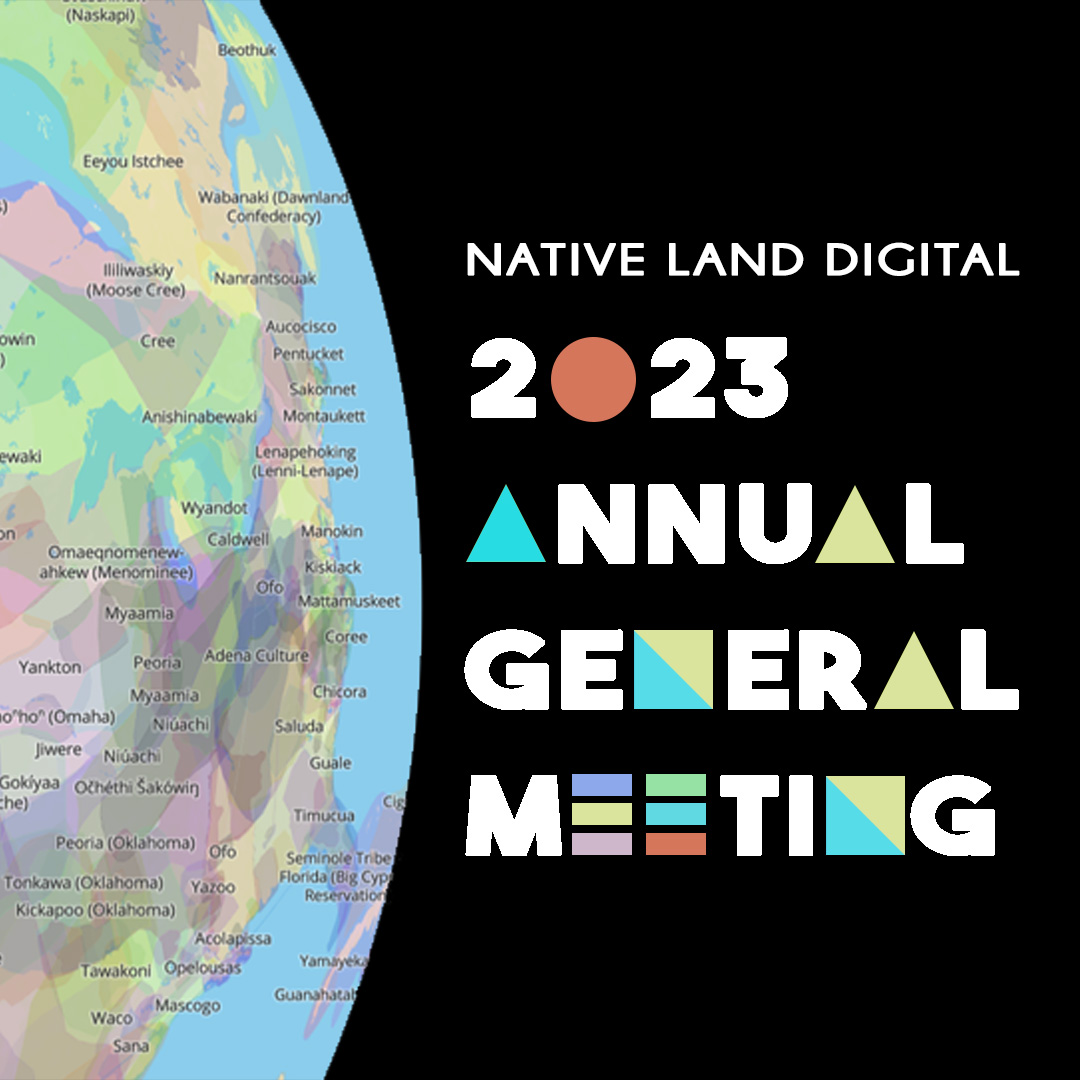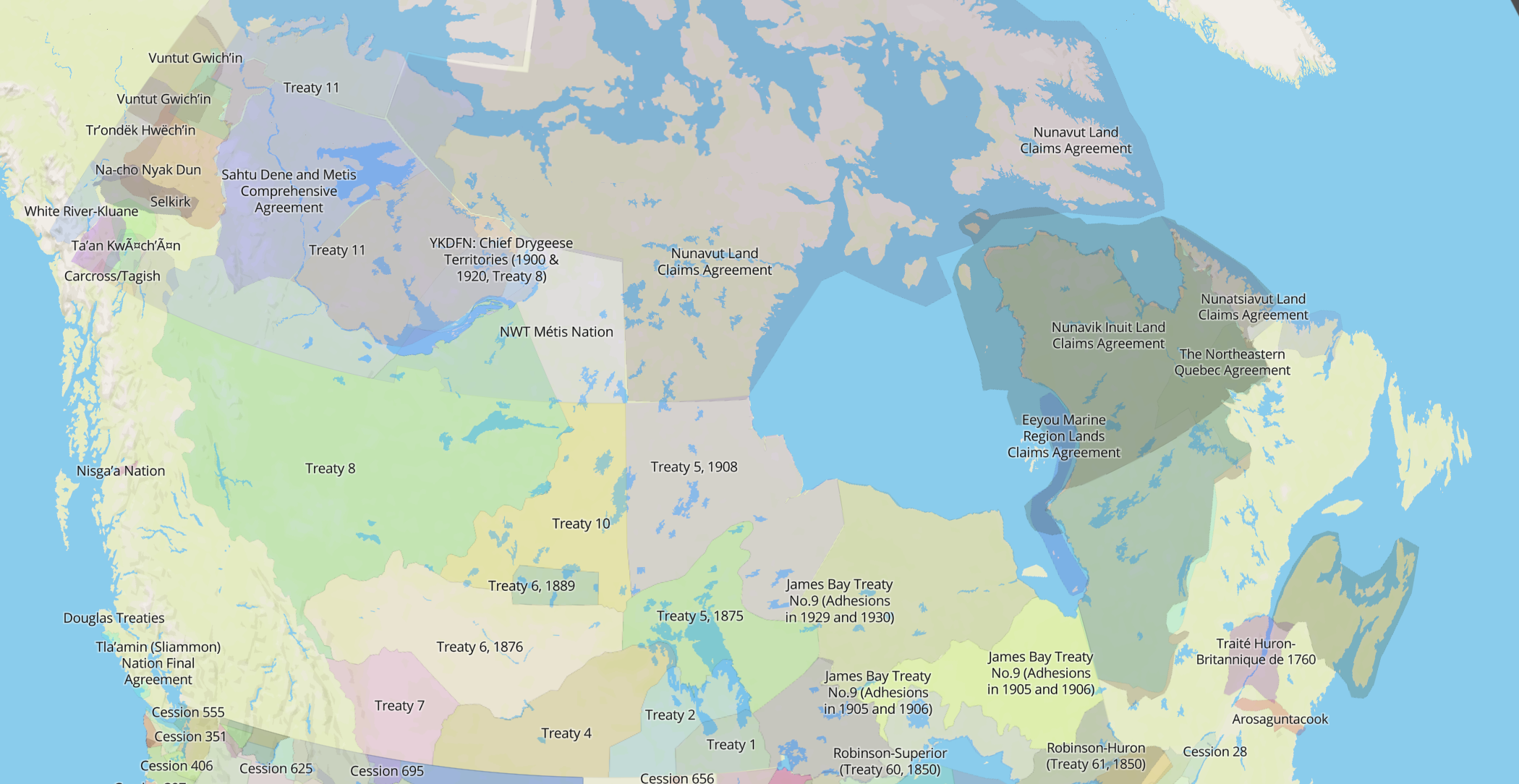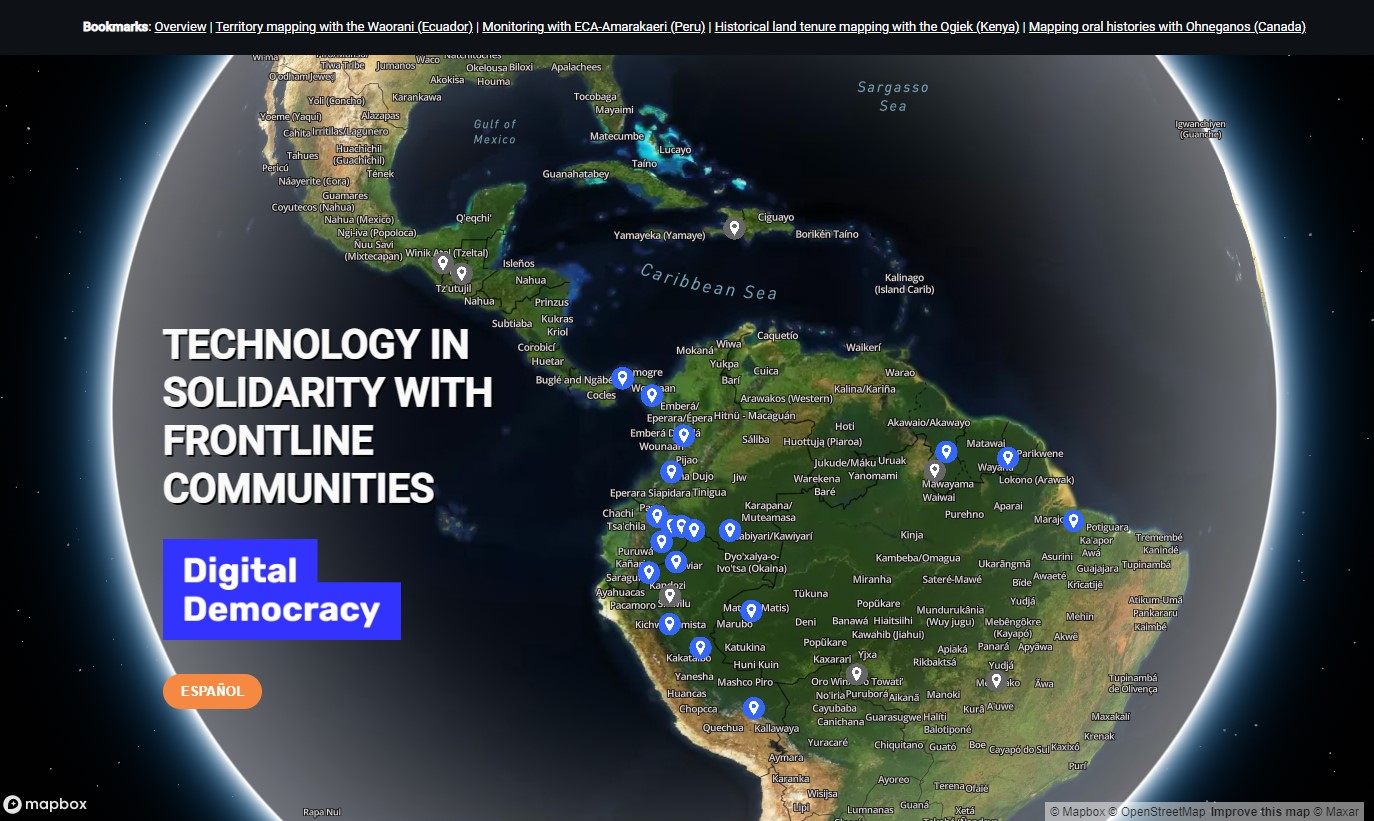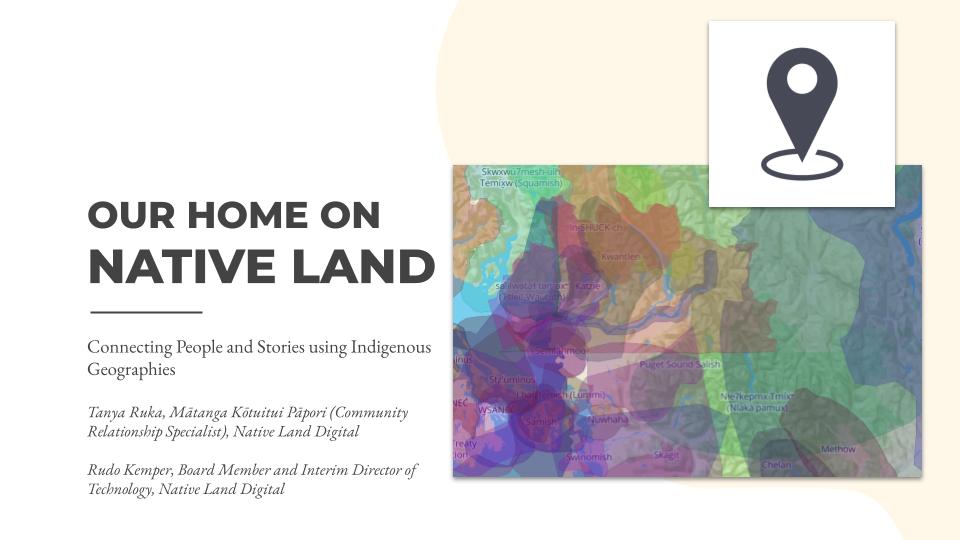I am Victor Sauca, a Saraguro Kichwa from Ecuador currently working as the Research Assistant for Native Land from the ancestral, unceded lands of the Musqueam and Tsleil-Waututh people in what is now-called Vancouver, Canada. I acknowledge I came here to this beautiful land as an uninvited guest and without any idea of the presence of the ancestral owners of this lands.
Taking an Indigenous Geographies class (along with other First Nations and Indigenous Studies courses) at University of British Columbia with Kwakwaka’wakw scholar Sarah Hunt I gained critical insights into the importance of making visible Indigenous lands and the relationality taking place within and between them. Also, I became aware of the impacts that colonial mapping and naming of Indigenous territories have had since colonization began.
These are ideas I keep in mind when undertaking my job as a research assistant for Native Land. While it is true that in the current state and format the platform does not provide a deep insight into the relationality and relations that take place in Indigenous/Aboriginal/Native/Inuit/First Nation territories, now I see and appreciate its potential for making visible the past and present presence of hundreds of these Nations and their territories in a way that counters the flattening, dividing effects that western delineations of nation-state boundaries and mapping methods have on Indigenous peoples.
In my research I look for information about specific territories, the relations, histories and specificities that characterize each of them. While it is a daunting task to create maps for each community or reserve, I am trying at least to add a detailed textual explanation of the subdivisions and extensions of each nation whenever possible and in the Nations’ own terms. If this official information is not available, I may add links to sites where users like you can find further explanation about that territory or nation. Sometimes, there is no other option than to use Wikipedia, which as I have come to realize recently has a substantial bias against Indigenous Nations and peoples. This is why people like you–especially if you are part of an Indigenous Nation–who want to make a contribution to this site in one way or another (from emailing suggestions, observations, sources, etc.) are key to improve Native-Land collectively.
Given the extent and diversity of Indigenous Nations, it is hard to source data and post it on the platform while avoiding creating further confusion among its users or homogenizing and flattening the complexity of each nation. Again, collective work is critical. However, my hope is that by using the skills I have developed so far and thinking critically about Indigenous geographies, I can make a contribution for this site to serve as a visual intervention into the contemporary dominant way of visualizing and imagining the world when it comes to boundaries and nations. Specially, I hope that the sources and links accompanying each map (in the cases where it applies) will give you a deeper understanding of the vitality and presence of Indigenous Nations and their resilience during and after centuries of dispossession and oppression.
Also, you will start to see more maps appearing in the southern and central part of this continent showing and acknowledging the ancestral and contemporary presence of the Indigenous Nations and peoples all over there. I am aware of my limitations in understanding the local situations and history for each of them, which coupled with scarce official sources and websites makes it harder for us to access reliable maps that represent the voices of the peoples inhabiting those lands. Again, your observations, suggestions, and help are critical for us to serve better and present an image as accurate as possible of those maps and peoples through this platform.
“As the long-forgotten peoples of the respective continents rise and begin to reclaim their ancient heritage, they will discover the meaning of the lands of their ancestors. That is when the invaders of the North American continent will finally discover that for this land, God is red” (Deloria, 2003, p. 296)
References
Deloria, V.(2003). God is red: A native view of religion (3rd ed.). Golden, Colo: Fulcrum Pub.






Thank you Victor Sauca for all your research, hard work, and humble spirit working with Native Land. It is important, native historical american history work for many First Nations people and all Americans. May your work bring peace, justice, and reconciliation opportunites between Indian and Non-Indian people. Americans need to respect and celebrate First Nations peoples and what their culture can teach us for a better future for all.